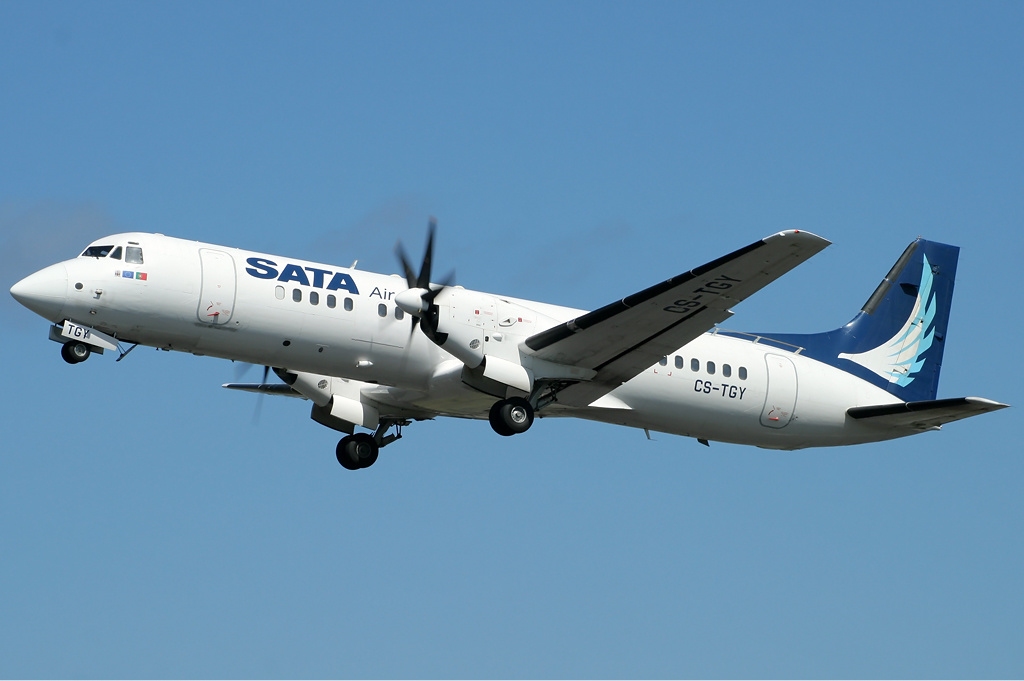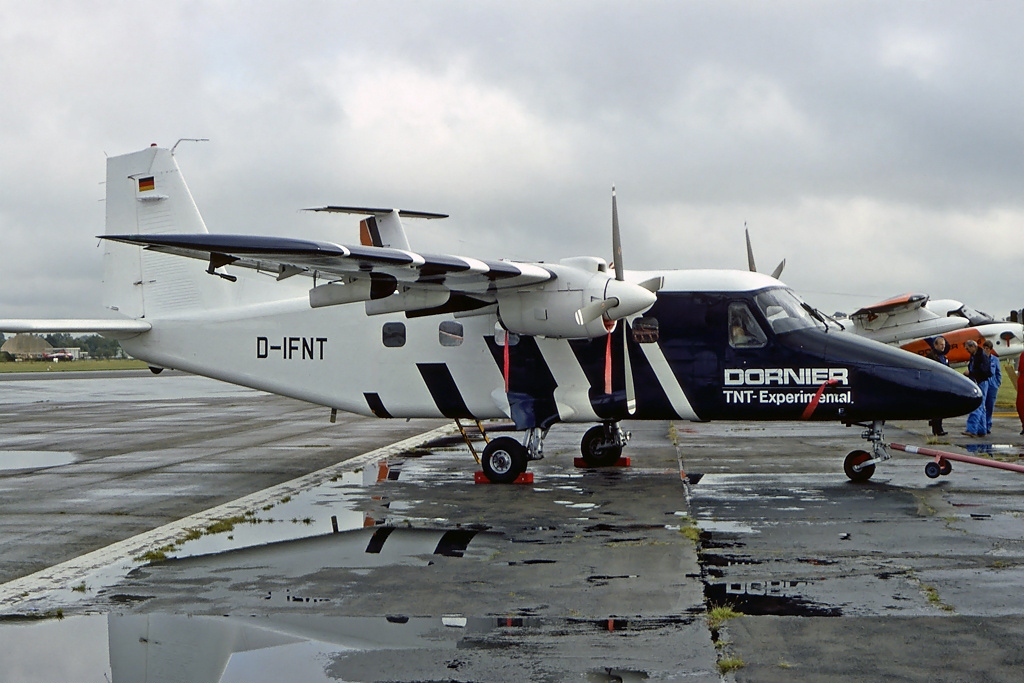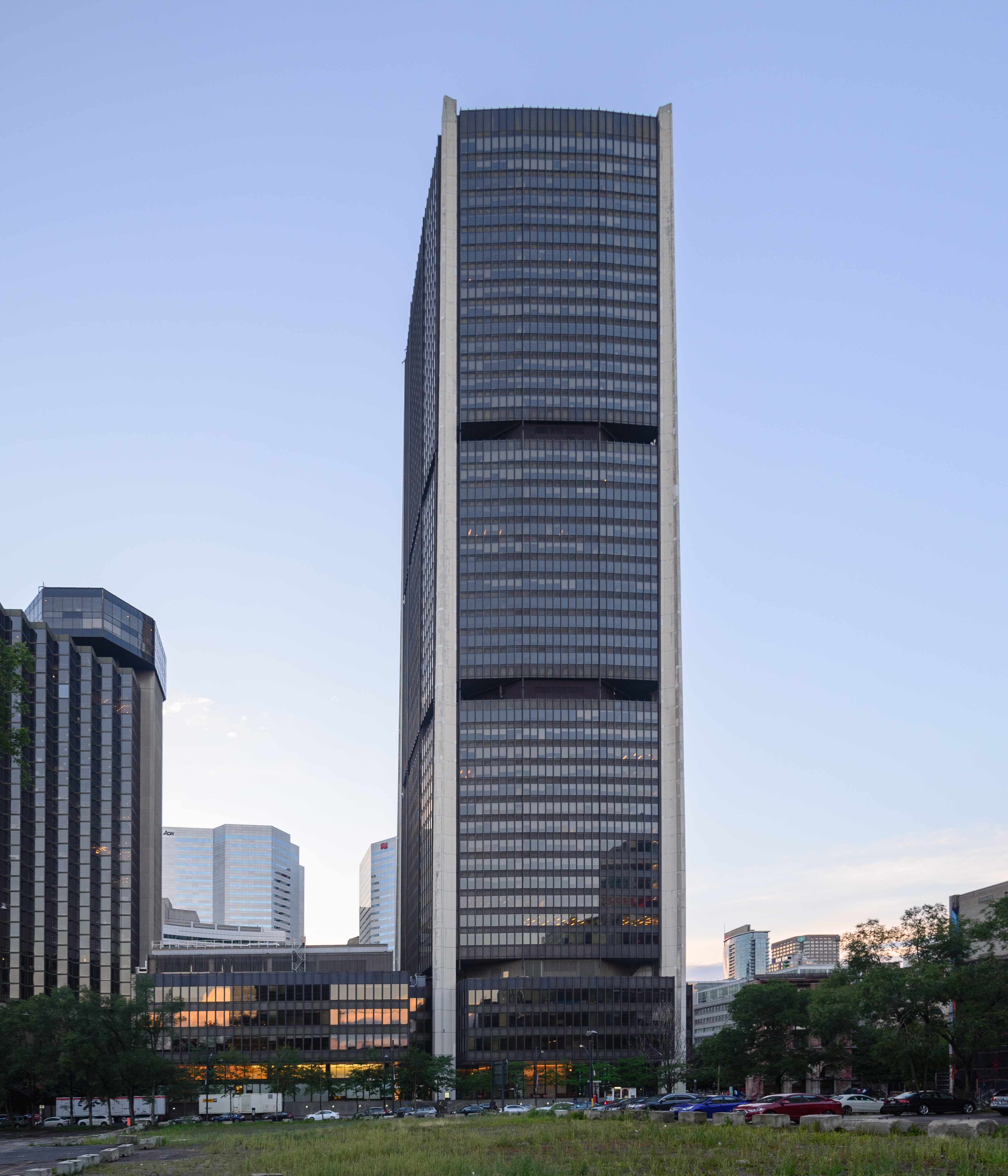|
SATA Air Açores
SATA Air Açores is a Portuguese airline based in São Sebastião, Ponta Delgada in the Azores, Portugal. It operates scheduled passenger, cargo and mail services around the Azores. It provides its own maintenance and handling services and manages four regional airports. Its main base is at João Paulo II Airport, Ponta Delgada. It also maintains a subsidiary for mid- and long-haul flights, Azores Airlines, the former ''SATA International''. History On August 21, 1941, a group of investors that included Augusto Rebelo Arruda, José Bensaude, Augusto d'Athayde, Corte Real Soares de Albergaria, Albano de Freitas da Silva and the company Bensaude & Co. Lda. (through its managing director António de Medeiros e Almeida) established Sociedade Açoreana de Estudos Aéreos Lda. (English: ''Azorean Aviation Studies Company, Ltd.'') to look into the feasibility of developing an inter-island airline that would link the Azorean archipelago and continental Portugal, and to obtain the g ... [...More Info...] [...Related Items...] OR: [Wikipedia] [Google] [Baidu] |
João Paulo II Airport
Ponta Delgada - João Paulo II Airport , named after Pope John Paul II, is an international airport located on the island of São Miguel, in the Portuguese archipelago of the Azores. Situated west of the city centre of Ponta Delgada, it is the primary (and busiest) airport in the Azores, as well as the fifth largest infrastructure managed by ANA Aeroportos de Portugal. The terminal was finished in 1995; by 2005 the airport served a total of 873,500 passengers. It has scheduled domestic flights to all islands of the Azores, plus Madeira and the mainland, namely (Lisbon, Porto and Faro). João Paulo II Airport also accommodates international flights to and from Europe and North America. The airport is the major hub for the SATA Group of airlines, which includes both inter-island SATA Air Açores and international Azores Airlines, and since April 2015 as a base for Ryanair. History The airport was inaugurated on 24 August 1969 by President Admiral Américo Tomás, after its cons ... [...More Info...] [...Related Items...] OR: [Wikipedia] [Google] [Baidu] |
Douglas DC-3
The Douglas DC-3 is a propeller-driven airliner manufactured by Douglas Aircraft Company, which had a lasting effect on the airline industry in the 1930s to 1940s and World War II. It was developed as a larger, improved 14-bed sleeper version of the Douglas DC-2. It is a low-wing metal monoplane with conventional landing gear, powered by two radial piston engines of . (Although most DC-3s flying today use Pratt & Whitney R-1830 Twin Wasp engines, many DC-3s built for civil service originally had the Wright R-1820 Cyclone.) The DC-3 has a cruising speed of , a capacity of 21 to 32 passengers or 6,000 lbs (2,700 kg) of cargo, and a range of , and can operate from short runways. The DC-3 had many exceptional qualities compared to previous aircraft. It was fast, had a good range, was more reliable, and carried passengers in greater comfort. Before the war, it pioneered many air travel routes. It was able to cross the continental United States from New York to Los An ... [...More Info...] [...Related Items...] OR: [Wikipedia] [Google] [Baidu] |
CASA C-212 Aviocar
The CASA C-212 Aviocar is a turboprop-powered STOL medium cargo aircraft designed and built by the Spanish aircraft manufacturer Construcciones Aeronáuticas SA (CASA). It is designed for use by both civil and military operators. The C-212 was developed during the 1960s in response to the Spanish Air Force's need to replace much of its transport aircraft fleet and was designed to perform numerous roles, including ambulance aircraft, paratroop carrier, and utility transport. The first prototype made its maiden flight on 26 March 1971, and an order was secured from the Spanish Air Force three years thereafter. Several other customers emerged, initially from the military sector but, due to the interest of civilian airliners, CASA developed a dedicated civil version of the C-212 as well. Production of the type at the Seville facility would continue for 40 years, with 483 aircraft produced. Indonesia emerged as a key early customer for the C-212. During 1975, the Indonesian airc ... [...More Info...] [...Related Items...] OR: [Wikipedia] [Google] [Baidu] |
Corvo Island
Corvo Island ( pt, Ilha do Corvo, ), literally the ''Island of the Crow'', is the smallest and the northernmost island of the Azores archipelago and the northernmost in Macaronesia. It has a population of approximately 384 inhabitants (as of 2021) making it the smallest single municipality in the Azores and in Portugal. The island lies on the North American Plate. History Apocryphal stories of the Carthaginian Empire exploring the islands in approximately 200 BC notwithstanding, the mainstream history of the Azores originates with non-official exploration during the period of the late 13th century, resulting in maps, such as the Genovese Atlas Medici from 1351, which mentions obscure islands in an undefined Atlantic archipelago. The Medici Atlas refers to an ''Insula Corvi Marini'' (''Island of the Marine Crow''; "marine crow" is the literal translation of ''Corvo Marinho'', which is the Portuguese name for the cormorant), in a seven-island archipelago, but it is improbable t ... [...More Info...] [...Related Items...] OR: [Wikipedia] [Google] [Baidu] |
Dornier 228
The Dornier 228 is a twin-turboprop STOL utility aircraft, designed and first manufactured by Dornier GmbH (later DASA Dornier, Fairchild-Dornier) from 1981 until 1998. Two hundred and forty-five were built in Oberpfaffenhofen, Germany. In 1983, Hindustan Aeronautics Limited (HAL) bought a production licence and manufactured another 125 aircraft in Kanpur, Uttar Pradesh, India. In July 2017, 63 aircraft were still in airline service. In 2009, RUAG started building a Dornier 228 New Generation in Germany. The fuselage, wings and tail unit are manufactured by Hindustan Aeronautics Limited (HAL) in Kanpur, India, and transported to Oberpfaffenhofen, where RUAG Aviation carries out aircraft final assembly. The Dornier 228NG use same airframe with improved technologies and performances, such as a new five-blade propeller, glass cockpit and longer range. The first delivery was made in September 2010 to a Japanese operator. In 2020, RUAG sold the Dornier 228 program to General Atomi ... [...More Info...] [...Related Items...] OR: [Wikipedia] [Google] [Baidu] |
BAe ATP
The British Aerospace ATP (Advanced Turbo-Prop) is an airliner designed and produced by British Aerospace. It was an evolution of the Hawker Siddeley HS 748, a fairly successful feederliner of the 1960s. The ATP was developed during the 1980s, events such as such as the 1979 oil crisis and increasing public concern regarding aircraft noise led to business planners at British Aerospace to believe that there was a market for a short-range, low-noise, fuel-efficient turboprop aircraft. First flown on 6 August 1986, by the time it became commercially available, the market segment it fell within was already hotly contested by multiple other airliners, such as the de Havilland Canada Dash 8, ATR 42, and ATR 72. Amid this intense competition, sales of the ATP were limited, leading British Aerospace to terminate production after only eight years, during which a total of 65 aircraft were completed. Design and development Background The origins of the ATP can be traced back to, in part ... [...More Info...] [...Related Items...] OR: [Wikipedia] [Google] [Baidu] |
International Air Transport Association
The International Air Transport Association (IATA ) is a trade association of the world's airlines founded in 1945. IATA has been described as a cartel since, in addition to setting technical standards for airlines, IATA also organized tariff conferences that served as a forum for price fixing. Consisting in 2016 of 290 airlines, primarily major carriers, representing 117 countries, the IATA's member airlines account for carrying approximately 82% of total available seat miles air traffic. IATA supports airline activity and helps formulate industry policy and standards. It is headquartered in Canada in the city of Montréal, with executive offices in Geneva, Switzerland. History IATA was formed in April 1945 in Havana, Cuba. It is the successor to the International Air Traffic Association, which was formed in 1919 at The Hague, Netherlands. At its founding, IATA consisted of 57 airlines from 31 countries. Much of IATA's early work was technical and IATA provided input to the ... [...More Info...] [...Related Items...] OR: [Wikipedia] [Google] [Baidu] |
European Regions Airline Association
The European Regions Airline Association is a trade association of European regional airlines and associated businesses. It was founded as the European Regional Airlines Association in 1980, by a small number of what were then known as ''commuter airlines''. The association is registered in England & Wales. History The European Regions Airline Association was founded as the European Regional Airlines Association in 1980, by a small number of what were then known as ''commuter airlines''. The association is registered as a limited company in England and Wales, with an office in Brussels, Belgium. Awards The association makes an annual regional "Airport of the Year" award, which in 2016 was given to Southampton Airport, in Hampshire Hampshire (, ; abbreviated to Hants) is a ceremonial county, ceremonial and non-metropolitan county, non-metropolitan counties of England, county in western South East England on the coast of the English Channel. Home to two major English cit ... [...More Info...] [...Related Items...] OR: [Wikipedia] [Google] [Baidu] |
Political Status Of The Autonomous Region Of The Azores
The political status of the Azores is defined by the Political-Administrative Statute of the Autonomous Region of the Azores ( pt, Estatuto Político-Administrativo da Região Autónoma dos Açores, EPARAA), which acts as the standard legal constitutional framework for the autonomy of the Portuguese archipelago of the Azores. It defines the scope of the autonomous regional government and the structure and functioning of the region's organs of government within the framework of the 1976 Constitution of Portugal. The autonomous region of Madeira has a similar status. History Carnation Revolution The Carnation Revolution took place on April 25, 1974, and after an initial period of shock, it became a nucleus for social and political movements. One of the first parties to develop in the Azores was the Popular Democratic Party (''Partido Popular Democrata'', PPD), led in the Azores by João Bosco Soares de Mota Amaral. The PPD, later known as the Social Democratic Party (''Partido ... [...More Info...] [...Related Items...] OR: [Wikipedia] [Google] [Baidu] |
Douglas DC-6
The Douglas DC-6 is a piston-powered airliner and cargo aircraft built by the Douglas Aircraft Company from 1946 to 1958. Originally intended as a military transport near the end of World War II, it was reworked after the war to compete with the Lockheed Constellation in the long-range commercial transport market. More than 700 were built and many still fly in cargo, military, and wildfire control roles. The DC-6 was known as the C-118 Liftmaster in United States Air Force service and as the R6D in United States Navy service prior to 1962, after which all U.S. Navy variants were also designated as the C-118. Design and development The United States Army Air Forces commissioned the DC-6 project as the XC-112 in 1944. The Army Air Forces wanted a lengthened, pressurized version of the DC-4-based C-54 Skymaster transport with more powerful engines. By the time the prototype XC-112A flew on 15 February 1946, the war was over, the USAAF had rescinded its requirement, and the aircra ... [...More Info...] [...Related Items...] OR: [Wikipedia] [Google] [Baidu] |
Portuguese Air Force
, colours = , colours_label = , march = , mascot = , anniversaries = 1 July , equipment = , equipment_label = , battles = , decorations = , battle_honours = , battle_honours_label = , flying_hours = , website = , commander1 = General Joaquim M. N. Borrego , commander1_label = Chief of Staff of the Air Force , notable_commanders = , identification_symbol = , identification_symbol_label = Roundel , identification_symbol_2 = , identification_symbol_2_label = Fin flash , aircraft_attack = , aircraft_bomber = , aircraft_electronic = , aircraft_fighter = F-16 Fighting Falcon , aircraft_helicopter ... [...More Info...] [...Related Items...] OR: [Wikipedia] [Google] [Baidu] |
Hawker Siddeley HS 748
The Hawker Siddeley HS 748 is a medium-sized turboprop airliner originally designed and initially produced by the British aircraft manufacturer Avro. It was the last aircraft to be developed by Avro prior to its absorption by Hawker Siddeley. The HS 748 was developed during the late 1950s as a move to re-orientate the company towards the civil and export markets. Powered by the popular Rolls-Royce Dart turboprop engine, it was specifically designed as a modern feederliner to act as a replacement for the aging Douglas DC-3s then in widespread service. Originally intended to seat a smaller number of passengers, market research indicated that a seating capacity of around 40 passengers would be optimal for the type. As a means to differentiate the new airliner from competitors, it was designed to possess a high level of performance, including its short takeoff and landing (STOL) capabilities and overall ruggedness. First flying on 24 June 1960, the series 1 HS 748 entered revenue s ... [...More Info...] [...Related Items...] OR: [Wikipedia] [Google] [Baidu] |


_5.jpg)






